Why there’s no time for Covid complacency
In a stunning turnaround from the meandering early rollout, Australia will hit 90 per cent full vaccination within days. Despite our success, we’re not yet a fully Covid-safe nation.
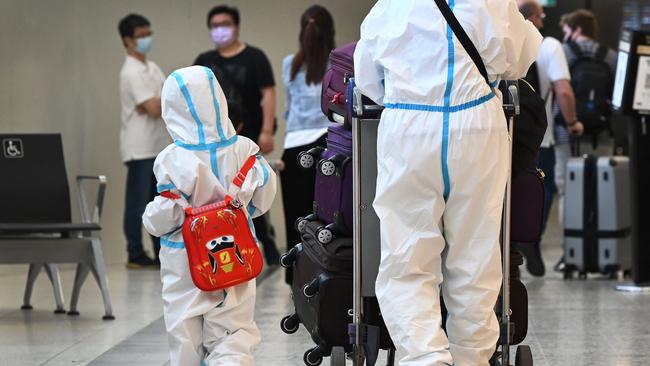
In coming days, Australia will hit 90 per cent full vaccination of the population aged 16 and over. The Covid-19 inoculation curve is topping out, with another 5 per cent of this initial cohort of 20.6 million to be vaccinated, and only 5 per cent refusing a jab. The most vulnerable age group, 70 and over, are above 99 per cent coverage.
It’s a stunning turnaround from the meandering rollout over autumn, which was marked by a shortage of vaccines, woeful communication, hesitancy, complacency and defiant medicrats’ sabotage of the miracle vaccine formerly known as AstraZeneca. The Coalition’s messaging – from “front of the queue” to “it’s not a race” – was spectacularly inept.
For Scott Morrison and Health Minister Greg Hunt, there is partial absolution, but no cause for celebration. The vaccination issue has been neutralised, for now, a “net positive” for the Coalition, as one government adviser put it.
Yet ahead of the summer holidays, there’s an undertow of conceit that we’ve achieved world-beating vaccines coverage and the job is done. The Prime Minister is highlighting the turnaround, at every turn, on his pre-campaign rounds. Anticipating the milestone of all states and territories reaching the 80 per cent double-dose target this week, Morrison calls it “an extraordinary achievement”.
“I’m very proud of Australians, that we have one of the lowest death rates in the world from Covid,” he said on a visit to the marginal Sydney seat of Banks on Wednesday. “We have one of the strongest advanced economies coming through this pandemic and we now have one of the highest vaccination rates in the world. That’s what we set ourselves as a goal for this year and we’ve achieved that.”
Anthony Albanese, however, wants voters to think the reason they endured some of the longest lockdowns in the world, and the vast budgetary cost, social dislocation, mental anguish and disrupted schooling, was due to the government’s failures in quarantine and vaccination. As The Wharf Revue’s satirist, Phillip Scott, croons (to the tune of Belafonte’s Banana Boat Song, Day O): “ScoMo, ScoMo … Pfizer came late and we had to stay home.”
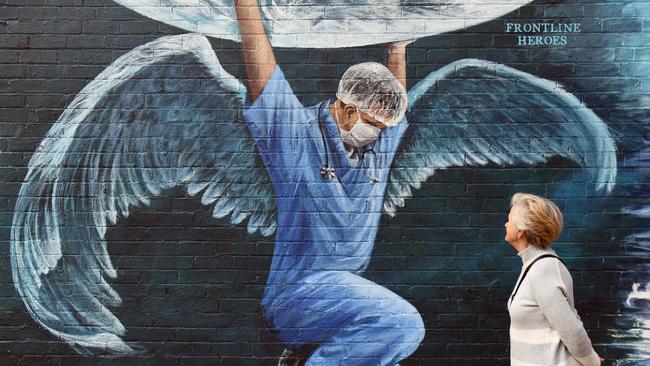
According to pollster JWS Research, while still the leading issue overall for voters, health is now a less dominant concern than in July, when Australians were experiencing winter lockdowns, the vaccine rollout and local outbreaks of the Delta variant.
“Similarly, after a significant spike in July, fewer adults now raise the Covid-19 pandemic, specifically, as a top-three issue or concern (25 per cent, down from 47 per cent),” JWS principal John Scales says in the latest True Issues report, although the survey was conducted prior to widespread media coverage and local detection of the Omicron variant.
But the “mission accomplished” banner should be stowed away. This virus never gives up, and neither can we; mercifully, lockdowns may be behind us, only to be used in extreme cases according to former chief medical officer Brendan Murphy, now in charge of the federal Health Department. “Once we hit the 80 per cent vaccination target, there is no intention to do further lockdowns,” Murphy told a Senate hearing this week.
“If there is a very big outbreak in a low-vaccination part – perhaps an Indigenous community – there may still need to be some significant public health measures. But big citywide or statewide lockdowns are not currently envisaged in the national plan.”
Health experts say the next phase of boosters will be crucial, as will ensuring rates of Indigenous vaccination are as high as in the rest of the population. There’s no cruise to the vaccination finish line.
The winter reset on the rollout was due to the deep pockets of the taxpayer. The program has cost at least $8bn, an accounting blip compared with a $300bn-plus stimulus from Canberra and the lost activity from lockdowns. Still, the federal health spending on Covid-19 is north of $30bn, with some extra costs picked up by the states.
When Delta appeared, Morrison scrounged the globe to buy up soon-to-expire Pfizer doses, temporarily filling the supply gap. As well, every vaccine vial was sacred, with a reported wastage rate of 1 per cent across the program, compared with the 10 to 15 per cent seen in other rich countries.
But the supply-side masterstroke was Morrison’s captain’s call in early June to appoint Lieutenant-General John Frewen as co-ordinator general for the National Covid Vaccine Taskforce. Frewen was given “command and control” powers over almost every aspect of the vaccination program.
The Prime Minister was criticised for militarising civilian affairs, but Frewen was a game-changer. Within weeks the commander cut through the inertia of a bulging, ponderous health bureaucracy, directing supply to where it was needed. The rollout messaging was open and on point. Frewen was the adrenaline shot the rollout needed.
The demand side was also revitalised by Delta, the marketing tool officials contemplated with dread and awe. Outbreaks led to hospitalisations and deaths; harsh lockdowns caused a surge in vaccinations, especially in NSW, where weekly jabs quadrupled during the state’s 16-week lockdown.
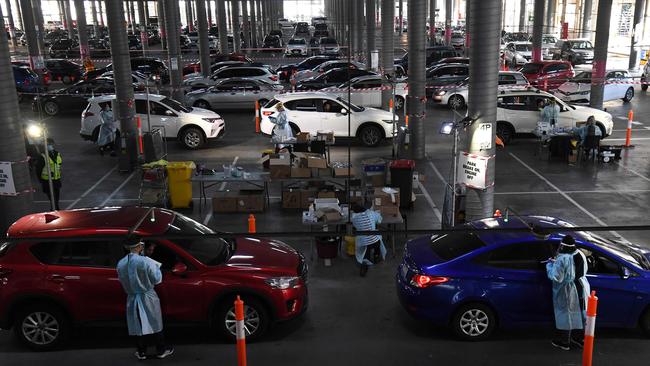
Melbourne Institute health and healthcare program co-ordinator Anthony Scott, who has monitored vaccine hesitancy over the course of the pandemic, tells Inquirer Australia was deemed a compliant nation in the face of onerous restrictions. Getting the jab was just another directive.
In mid-May, a month before Sydney’s Bondi cluster that began with the infected limousine driver, the institute’s vaccine hesitancy survey was tracking at 35.5 per cent (with 19 per cent not willing to be vaccinated and 16.5 per cent unsure).
Scott says once full vaccination rates of 70-80 per cent were set as national reopening targets, “it drove that hesitancy down and drove people’s behaviour to get vaccinated”. Measured hesitancy now sits at 6.4 per cent.
Naturally, so close to these freedom frontiers, the number of doses administered is winding down, as state-run clinics close. Doses have slumped to around one-quarter of the 2 million a week achieved for eight straight weeks during the prolonged lockdowns in NSW, Victoria and ACT.
Health advisers believe we are seeing a waning in immunity to Covid-19, hence the need for booster shots. Supply won’t be a problem, says Frewen, who is working with the Department of Foreign Affairs and Trade to get excess vaccines, including the mRNA ones, into the Pacific and Southeast Asia.
But our rollout infrastructure will again be stretched as second doses are completed, mainly for those aged under 16, and a new program is rolled out for almost 2.3 million 5-11-year-olds from next month after the government accepted recommendations from the Australian Technical Advisory Group on Immunisation on Friday to distribute Pfizer to them.
On Tuesday Frewen told the Senate’s Covid-19 committee almost 560,000 booster shots, which are due six months after the second dose, had been administered. Given the pattern of completed inoculations, at the end of this month 1.75 million people will be due for their third shot.
By the end of January we’ll have 4.11 million due. “It starts to ramp up dramatically through March, April and May,” Frewen said, revealing 17.85 million are due for a booster by late May. Primary care will remain the backbone of the rollout, but Frewen said “we are in constant negotiation with the states and territories as to what particular role” they will play.
If there is a weak point in the program it is Indigenous vaccination, especially among those aged under 30, where one-third have not yet had a jab. One doctor who works in Indigenous health told Inquirer “many young men see themselves as bulletproof”, while vaccine mandates for work or travel do not change behaviours in far-flung areas where the virus has not roamed. When borders reopen at 80 per cent double-dose coverage, many Indigenous communities in Queensland, Western Australia and the Northern Territory will be below half that rate.
A surge in the vaccination rollout in 30 local government areas – marked by low coverage and relatively high Indigenous population – began three months ago, with mixed results, and health workers on the ground are resigned to the necessarily slow, careful and culturally sensitive approach to get maximum coverage.
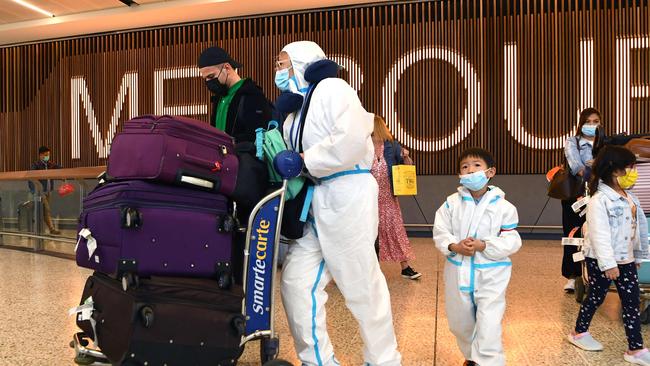
Overall, since early September’s acceleration the Indigenous first-dose rate has jumped from 39 per cent to 76 per cent, while the full vaccination rate has increased from 22 per cent to almost 66 per cent.
Pat Turner, chief executive of the National Aboriginal Community Controlled Health Organisation, says Indigenous health services continue to have “a close and equal partnership with the Australian government on the vaccine rollout”. She says extra funding has allowed them to increase their workforce and to craft local responses to raise vaccine uptake in their communities. Turner says approaches such as door-to-door vaccinations and trusted community engagement officers are labour-intensive, “but are what works and will get more people vaccinated”.
Given many of the Aboriginal Community Controlled Health Organisations will be seeing more Covid positive patients than other General Practices, it’s vital to support this care, while protecting staff and other components of essential service delivery.
“We continue to work closely with the Australia government to plan for what ‘living with Covid’ looks like and to ensure our sector is supported and that Aboriginal and Torres Strait Islander people have clear care pathways,” Turner said.
According to the latest epidemiology report from the Covid-19 National Incident Room Surveillance Team, there have been 8384 confirmed cases notified in Aboriginal and Torres Strait Islander people this year, representing 5 per cent of all confirmed cases. That’s twice the infection rate in the broader population.
Covid-positive Indigenous Australians are more likely to be hospitalised and to end up in intensive care than non-Indigenous people (although such figures should be treated with caution as hospitalisation may be due to reasons other than Covid-19). In October Frewen told Inquirer it would be possible to get to 80 per cent first-dose coverage in the Indigenous population by Christmas but it’s more likely to hit the milestone in the new year.
The other wildcard, of course, is the Omicron variant, with experts unclear about its severity. Health chief Murphy says we’re learning about it and need more data to see whether we will need a different vaccine to contain it.
Murphy told the Senate this week the reason there was so much international anxiety about Omicron is that it had such a high number of mutations in it, particularly in the spike protein, which is the target of our vaccines. “I think most people are confident that there will still be protection, to some extent, from the vaccines that we have at the moment, and that protection will particularly be against severe disease,” he said.
In the face of success, health economist Scott says “the danger is that governments will get complacent, reducing funding to state health services to save money, and we’re already hearing about the need to cut costs”.
Scott fears the booster program may not be as rigorous without the state’s mass vaccination clinics. “As well, there’s a complacency in the population that may affect the take-up of boosters,” he said.
“Because we’re all vaccinated, some may think ‘If I get sick, I’ll only need to take a few days off, it’s more like the flu’.
“There’s less need for people to be fearful of hospitalisation, and Omicron doesn’t change that. But boosters will take time.”


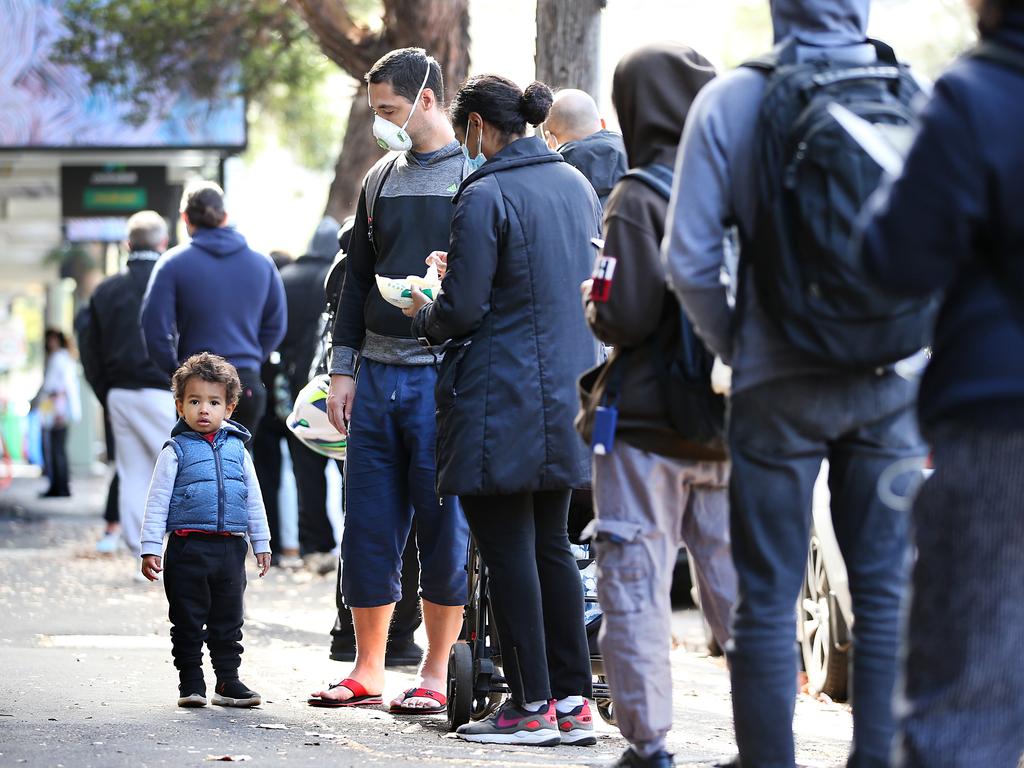

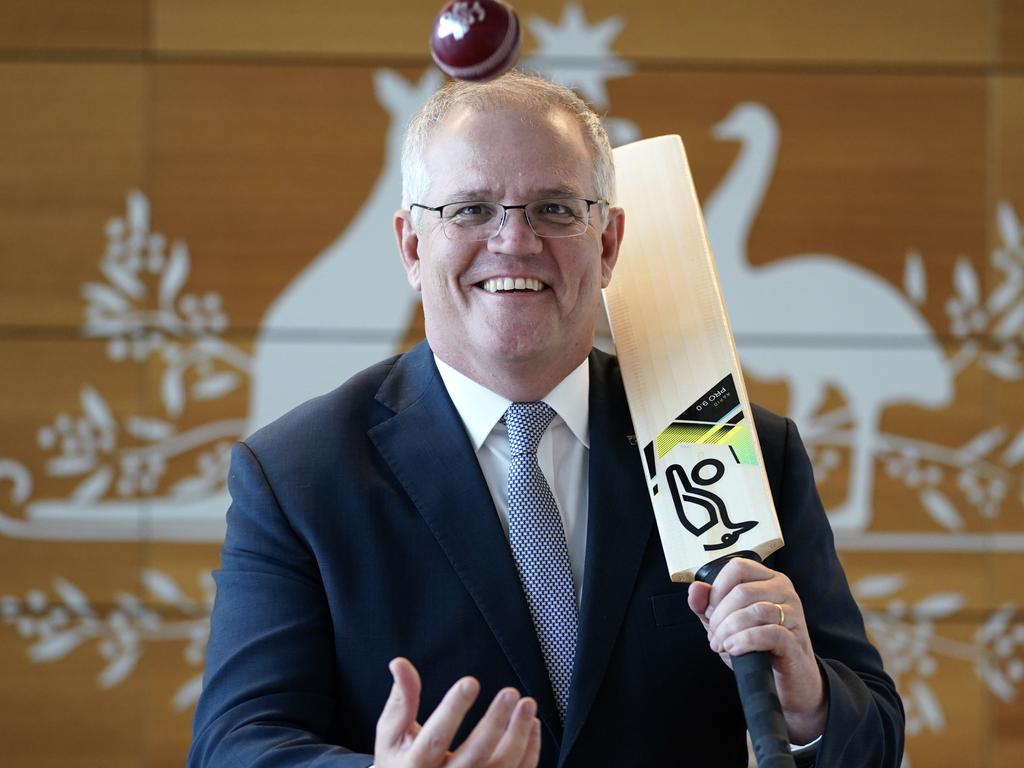


To join the conversation, please log in. Don't have an account? Register
Join the conversation, you are commenting as Logout